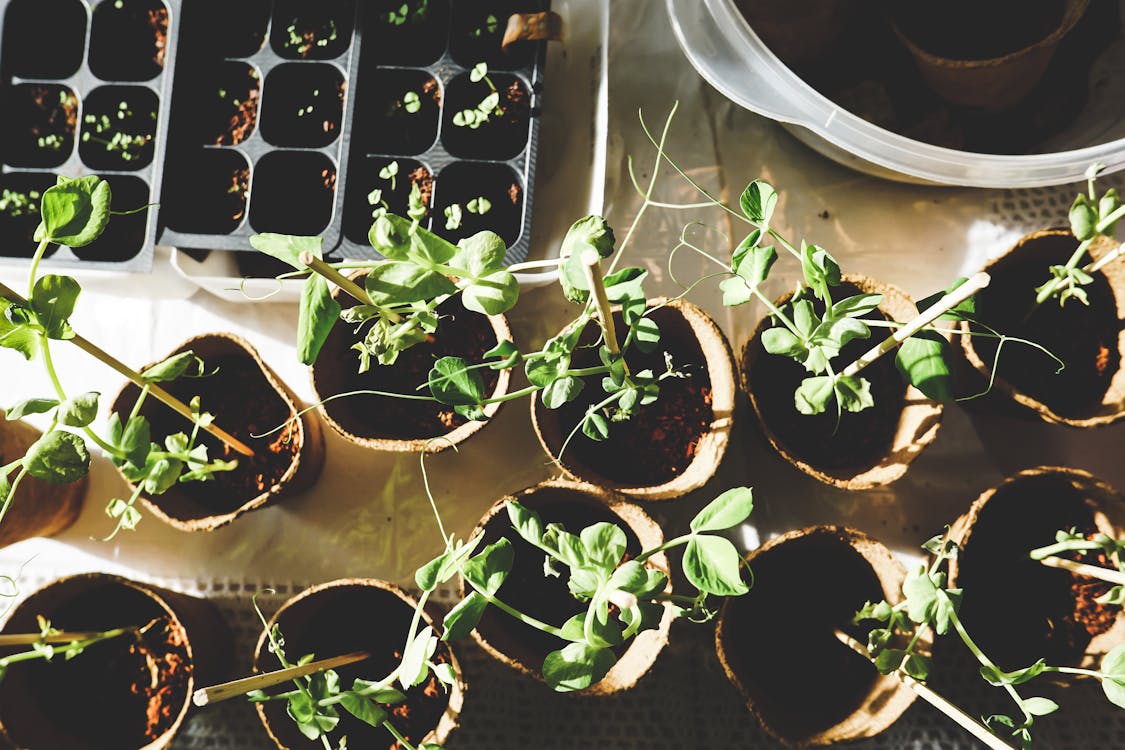Dealing with Indoor Insects and Fungi

Growing plants indoors is an excellent way to control the external conditions that your plants live in. You can control the humidity, temperature, ventilation, and other important aspects which assist in the growing process of your plants.
One of the biggest issues with not having the wind blowing and the sun shining naturally is that many little fungi and insects can creep into your grow room.
Here are a few types of fungi and insects that you can look out for and this is how you can treat and prevent these from ever happening to you.
Powdery Mildew
Commonly found in younger plants, powdery mildew is a fungal disease in plants that are commonly seen in conditions that are warm and dry. Powdery mildew starts on young leaves as raised blister-like areas that cause leaves to curl, exposing the lower leaf surface. Infected leaves become covered with a white to gray powdery growth, usually on the upper surface; unopened flower buds may be white with mildew and may never open. Leaves of severely infected plants turn brown and drop. The disease prefers young, succulent growth; mature leaves are usually not affected.
Treatment
Luckily, powdery mildew has been around long enough that we have developed a few household solutions to get rid of the problem almost all the time. A solution of bicarbonate of soda, dishwashing liquid, and water in a spray bottle can do the trick in most cases. However, when this fails, there is always Funginex from Efekto.
Basal Stem Rot
Ever experienced black or discolored rotten patches at the base of the plant? It normally affects the base because this is the closest part to the soil and therefore the fungus, although other parts may be infected instead. Succulents and cacti are most at risk.
Treatment
Removing basal stem rot can start by removing the plant from the soil and washing the roots under running water. Wash away as much soil and affected roots as possible while being gentle with the plant. Next use a sharp, clean pair of shears or scissors to trim away all of the remaining affected roots.
Aphid Invasion
These small, soft-bodied, pear-shaped insects cluster densely on tender new growth and the undersides of leaves to suck plant juices. Plants often can withstand some aphid feeding with no adverse effect, but badly infested plants develop distorted growth, and leaves may turn yellow or drop off.
Treatment
Getting rid of these aphids can take a while but is fairly easy. Simply spray s cold water on the leaves; sometimes all aphids need is a cool blast to dislodge them. Typically they are unable to find their way back to the same plant. If you have a large aphid invasion, dust plants with flour. It constipates the pests. Neem oil, insecticidal soaps, and horticultural oils are effective against aphids. Be sure to follow the application instructions provided on the packaging. You can often get rid of aphids by wiping or spraying the leaves of the plant with a mild solution of water and a few drops of dish soap. Soapy water should be reapplied every 2-3 days for 2 weeks. One variation of this soap-water mix includes cayenne pepper: Stir together 1-quart water, 1 tsp liquid dish soap, and a pinch of cayenne pepper. Do not dilute before spraying on plants.

Comments
Add comment